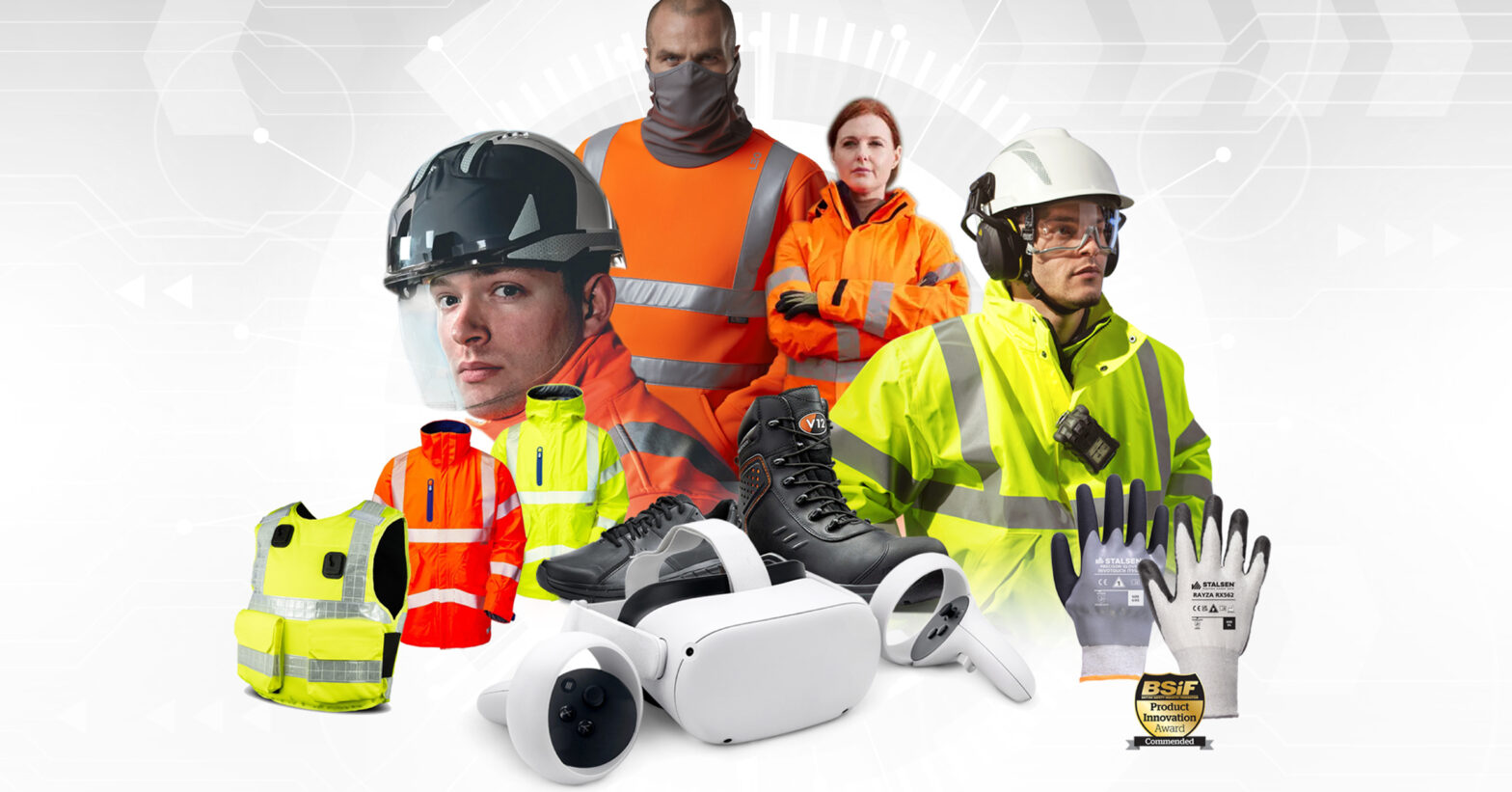
In the workplace, safety is not just a regulatory requirement—it’s a fundamental concern that safeguards the health and well-being of employees while enhancing productivity and operational efficiency. Looking forward, innovation in workplace safety is revolutionising how businesses manage risk, prevent accidents, and protect their workforce. The advent of new technologies, evolving regulations, and state-of-the-art products is reshaping the industry, making workplaces safer and more efficient.
The State of Workplace Safety in the UK
Workplace safety has improved significantly in the UK, but challenges remain. In 2022, the Health and Safety Executive (HSE) reported 565,000 non-fatal workplace injuries and 36.8 million working days lost due to work-related illness and injury. The economic cost of workplace injuries and new cases of illness amounted to approximately £18.8 billion annually. These statistics underscore the critical importance of our collective efforts in continuous improvement and innovation in workplace safety practices.
Emerging Trends and Innovations
1. Wearable Technology for Real-Time Monitoring
Wearable devices, from smart helmets to sensor-embedded vests, are gaining traction as effective tools for improving workplace safety. These wearables monitor environmental factors (such as temperature, noise, and hazardous gases) and employee vital signs. They alert workers to potential dangers and collect data to help prevent future incidents.
For example, in sectors like construction and manufacturing, smart helmets with integrated sensors can detect fatigue levels, monitor heart rate, and measure environmental risks like heat and noise exposure. This real-time data allows workers and managers to intervene before accidents occur.
2. The Rise of AI and Automation in Safety Solutions
Artificial Intelligence (AI) is becoming a game-changer in workplace safety, particularly in industries with high-risk environments like oil and gas, mining, and manufacturing. AI-powered systems can analyse vast amounts of data to identify patterns and predict hazards before they materialise.
For example, automated systems equipped with AI can monitor machinery performance and detect unusual vibrations, sounds, or temperature changes. By predicting equipment failure, companies can perform maintenance before breakdowns occur, preventing accidents and reducing downtime. AI-driven drones are also being used in dangerous environments to conduct inspections, reducing the need for human workers to enter hazardous areas.
3. Virtual Reality (VR) for Safety Training
Safety training is being revolutionised by virtual reality (VR) technology, which provides immersive, hands-on learning experiences without the risks associated with real-world scenarios. The effectiveness of VR simulations in allowing employees to practice navigating hazardous situations in a safe, controlled environment is a reassuring advancement in safety training.
Research has shown that VR training improves retention by 75% compared to traditional methods like classroom learning. This interactive approach is safer and more effective in preparing workers for real-life emergencies.
4. Exoskeletons for Injury Prevention
Physical injuries, especially musculoskeletal disorders, remain a major concern in the UK workplace. According to the HSE, 470,000 workers had work-related musculoskeletal disorders in 2022, particularly in sectors requiring heavy lifting or repetitive motions.
Innovative solutions like exoskeletons are designed to reduce strain on the body. These wearable devices support and enhance human movement, reducing the risk of injury during tasks like lifting heavy objects or standing for long periods. Exoskeletons are being used in logistics, construction, and healthcare to help workers perform physically demanding tasks with less fatigue and a lower risk of injury.
5. Sustainable Safety Products
The move towards sustainability in the workplace is driving the development of eco-friendly safety products. Companies are now adopting biodegradable and recyclable personal protective equipment (PPE) to reduce their environmental impact. From gloves made from natural materials to hard hats manufactured from recycled plastics, these innovations are helping businesses meet both safety and sustainability goals.
For instance, the introduction of recyclable high-visibility vests and eco-conscious packaging for safety equipment demonstrates how manufacturers are responding to the growing demand for greener products.
The Role of Legislation and Standards
In the UK, workplace safety regulations are in a constant state of flux to ensure that companies are equipped to deal with new risks and technological advancements. The Health and Safety at Work Act 1974 serves as the cornerstone, but additional legislation like the Personal Protective Equipment at Work Regulations 2022 mandates that employers furnish appropriate PPE and conduct regular risk assessments.
With the advancement of AI and automation, future regulations will likely address the integration of these technologies in safety protocols, particularly around data privacy, cybersecurity, and the ethical use of AI-driven systems in monitoring employee health and safety.
Future Outlook: A Safer, Smarter Workplace
As we look to the future, it’s clear that workplace safety innovation will continue to evolve, driven by advances in technology, materials science, and training techniques. By embracing these changes, UK businesses can create safer environments for their employees, reduce costs associated with workplace injuries, and stay compliant with regulations.
The future of workplace safety is not just about preventing accidents—it’s about creating a proactive, data-driven culture that prioritises health, well-being, and sustainability. Whether through the use of AI, wearable technology, or VR training, the next decade promises a wave of innovation that will redefine how we approach workplace safety.
At Stronghold Global, we’re committed to staying at the forefront of these advancements, providing our clients with the most cutting-edge safety products and solutions to meet the challenges of tomorrow. The future of workplace safety is bright—and it’s safer than ever.




![stronghold global logo[94]](https://www.strongholdglobal.com/wp-content/uploads/2022/03/Stronghold-Global-Logo94.png)




